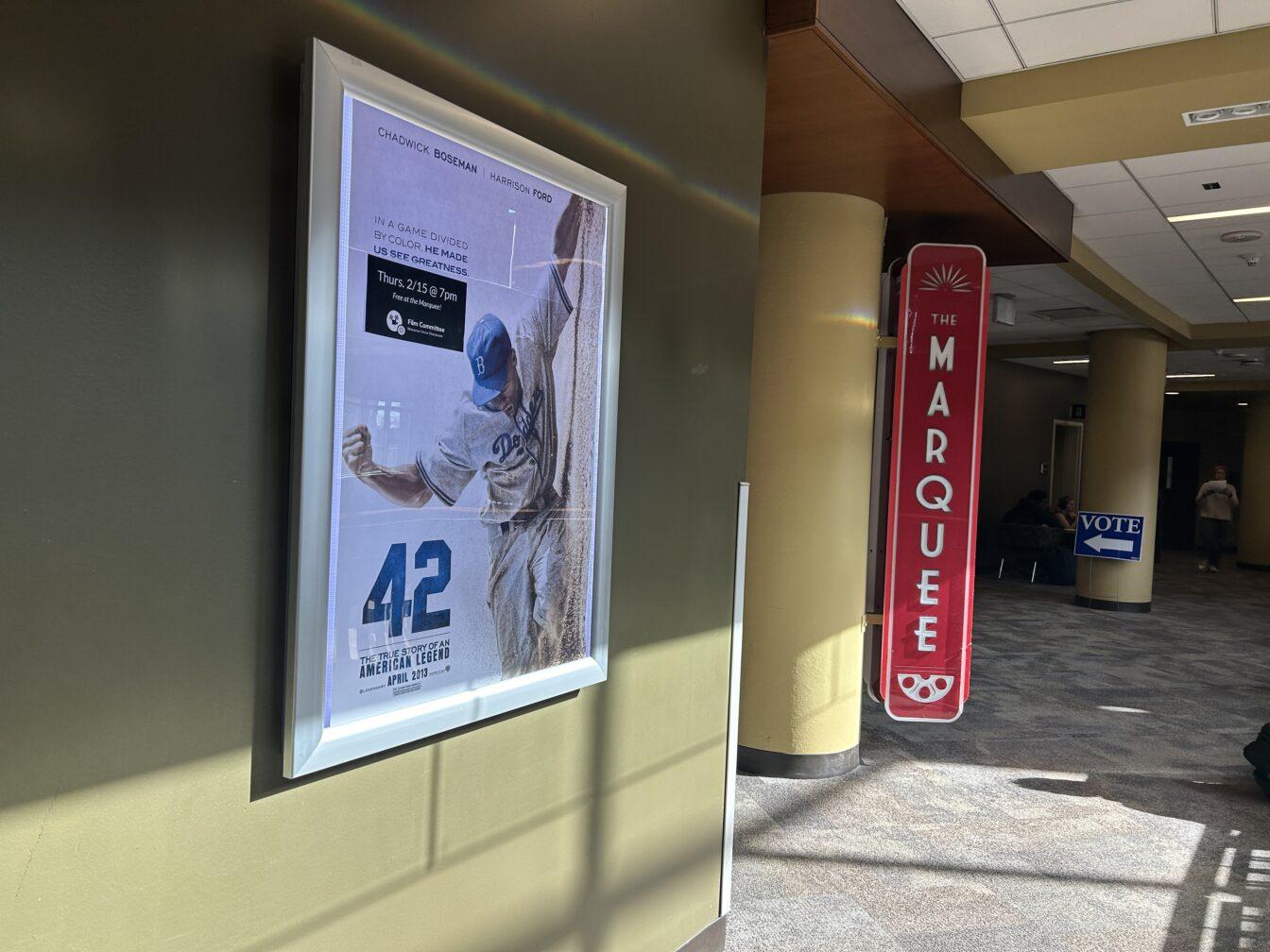“Blue is the Warmest Color” has so far been described as a touching love story with a long, long, controversial lesbian sex scene.
Although this description is somewhat valid, the French film is far from just a romance. As the French title, “Le vie d’Adele” denotes, the plot follows the life of Adèle, our lovely, doe-eyed protagonist. Played by Adèle Exarchopoulos (“I Used to Be Darker”), a relatively new French actress with a stunning vulnerability.
The film, which is a whopping 2 hours and 59 minutes long, is segmented into three stages of Adèle’s young life. The first stage sees her as a lost puppy among her shallow, obnoxious high school friends who babble on about casual sex and force Adèle onto the first male prospect that comes onscreen. Yet Adèle is far from coerced. After a short fling, she starts to feel like she’s faking and blames herself for being “all messed up.” The audience sees Adèle at every juncture of confusion and comprehension, including the moment when her identity is realized within a community (her suspecting parents, her verbally-abusive “friends”) that is on the borderline of tolerance, although the director doesn’t touch on this heavily.
When Emma comes into the picture, the audience knows Adèle pretty well. In fact, the whole film is an intense character study about this clever girl. We are invited into every part of her life; the serious and the trivial are covered extensively: Adèle sleeping, Adèle eating (or in her case, chowing down), Adèle “blubbering” regularly, Adèle looking out into space, Adèle walking, Adèle kissing, Adèle swimming, Adèle growing.
But Emma, played by Lea Sèydoux (“Inglourious Basterds”) tips the scale, recreating the story with her at the epicenter. With her dyed blue hair, sea blue eyes and an incandescent charm, it’s not long till Adele falls head over heels, and the two end up in bed together.
Now, for the arduously long sex scene. There have been studies conducted on how “accurately” the scene depicts lesbian sex (the subjects concluded that it wasn’t accurate). Many critics, including the author of the graphic novel on which the movie was based, have referred to it as pornographic. Yet the seven minutes of nakedness only takes up about 4 percent of the movie, and its main purpose is to illustrate Adèle’s sexual awakening. But, because of the controversy it has incited, the film probably could have done without it.
The next stage of the movie sees the couple moving in together. They experience a sort of honeymoon phase, full of house parties, home cooking and wine glass-clinking. At some point, the constant close-ups of Adèle’s cute little face indicate that she is becoming disenchanted with her life. Jealousy takes a toll on the relationship and eventually causes Emma to lash out in one of the best, most intimate scenes of the film. Sèydoux shines through with a deep hurt and anger that makes the three hours well worth it; of course Adèle continues to “blubber” uncontrollably for the rest of this second stage, reaching out to us with a poignant sadness and sense of loss.
The third stage is when the film starts to lose a bit of its momentum, perhaps intentionally. Adèle’s future becomes as murky and incalculable as her puzzling façade. The film is not only a beautiful ode to love and heartbreak but also a story of self-realization and growth.
4 out of 5 stars




















